US medium and attack bomber North American B-25 Mitchell.
History, development, service, specifications, pictures and 3D model of the best medium bomber of WW2.
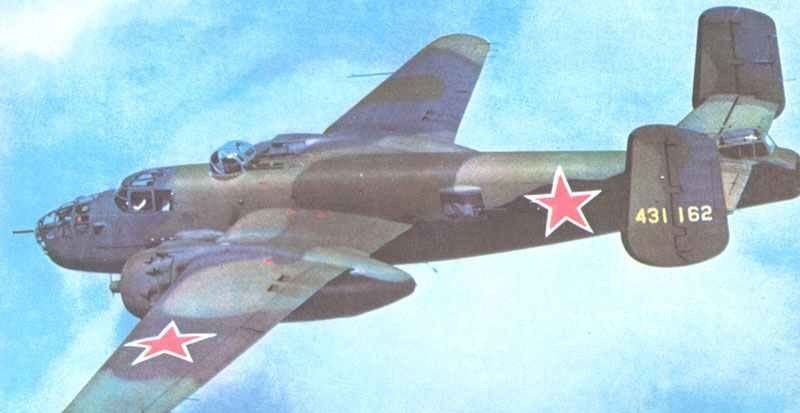
North American B-25 Mitchell.
Type: Medium bomber and attack aircraft.
History:
Table of Contents
Named in honor of the fearless US Army Air Corps officer who was court-martialled in 1924 for his tiresome (to officialdom) belief in air power, the B-25 – designed by a company with no previous experience of twins, of bombers or of high performance warplanes – was made in larger quantities than any other American twin-engined combat aircraft and has often been described as the best aircraft in its class in WW2 .
Led by Lee Atwood and Ray Rice, the design team first created the Twin Wasp-powered NA-40, but had to start again and build a sleeker and more powerful machine to meet revised Army specifications demanding twice the bomb load (2,400 lb = 1,089 kg).
The Army ordered 184 off the drawing board, the first 24 being B-25’s and the rest B-25A with armor and self-sealing tanks. The defensive armament was a 0.5in machine gun manually aimed in the cramped tail and single 0.3in machine gun manually aimed from waist windows and the nose; bomb load was 3,000 lb (1,361 kg).
The B-25B had twin 0 5in MG in an electrically driven dorsal turret and a retractable ventral turret, the tail gun being removed. On 18 April 1942 16 B-25Bs led by Lt-Col Jimmy Doolittle made the daring and morale-raising raid on Tokyo, having made free take-offs at gross weight from the carrier Hornet 800 miles (ca. 1,287 km) distant.
Extra fuel, external bomb racks and other additions led to the B-25C, supplied to the RAF, China and Russia, and as PBJ-1C to the US Navy. The B-25D was similar, but at the new plant at Kansas City.
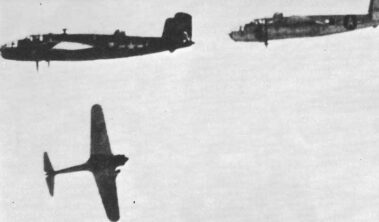
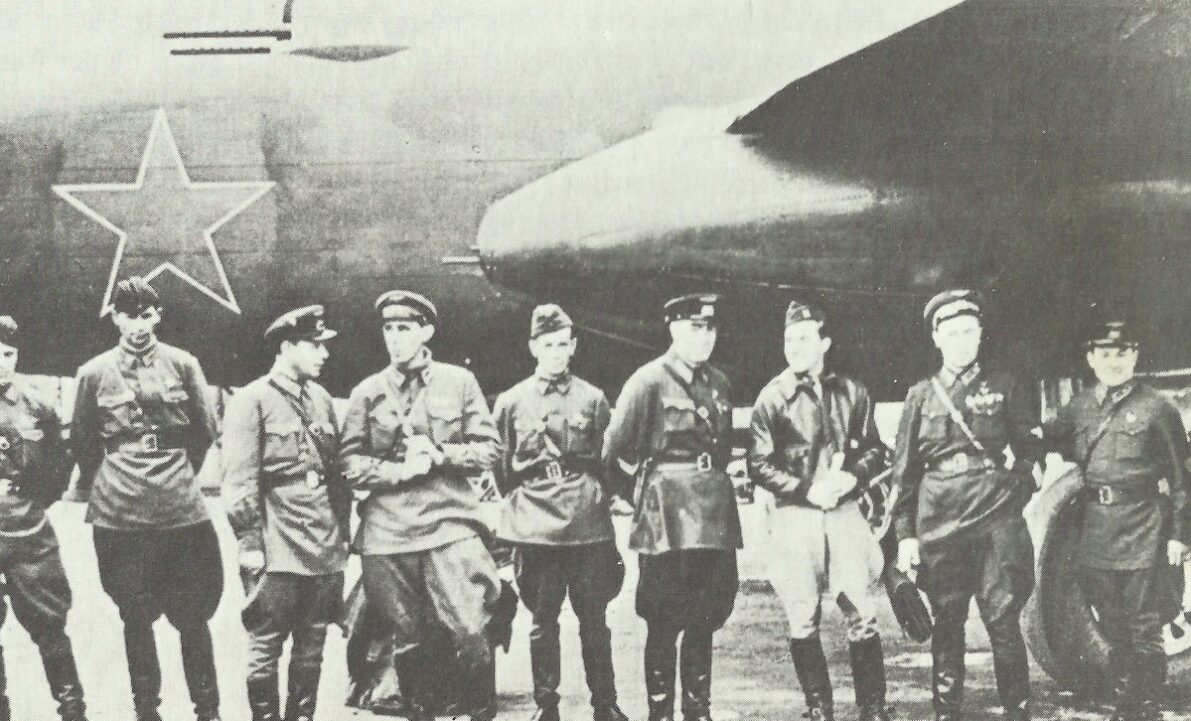
In 1942 came the B-25G, with solid nose fitted with a 75 mm M-4 gun, loaded manually with 21 rounds. At first two 0.5in MGs were also fixed in the nose, for flak suppression and sighting, but in July 1943 tests against Japanese ships showed that more was needed and the answer was four 0.5in ‘package guns’ on the sides of the nose.
Next came the B-25H with the fearsome armament of a 75 mm, 14 0.5in guns (eight firing ahead, two in waist bulges and four in dorsal and tail turrets) and a 2,000 lb (907 kg) torpedo or 3,200 lb (1,451 kg) of bombs.
Biggest production of all was of the B-25J Mitchell, with glazed nose, normal bomb load of 4,000 lb (1,814 kg) and eleven 0.5in guns supplied with 5,000 rounds. The corresponding attack version had a solid nose with seven additional 0.5in guns. Total J output was 4,318, and the last delivery in August 1945 brought total output to 9,816.
The F-10 was an unarmed multi-camera reconnaissance version, and the CB-25 was a post-war transport model. The wartime AT-24 trainers were re-designated TB-25 and, after 1947, supplemented by more than 900 bombers rebuilt as the TB-25J, K, Land M. Many ended their days as research hacks or target tugs and one carried the cameras for the early Cinerama films.
Wartime users: Australia, Brazil, China, Free-French, Co-Belligerent Italy, Mexico, Netherlands (1944), USSR, UK (RAF, RN), US (AAC/AAF, Navy).
Animated 3D model B-25J Mitchell attack bomber
Specifications North American B-25J Mitchell
Specifications:
| North American B-25J Mitchell | Specification |
|---|---|
| Type | attack bomber |
| Power plant | Two Wright R-2600-92 Cyclone 14-cylinder radial, air-cooled, 1700 hp each (emergency rating 1,850 hp) |
| Accommodation | 5 |
| Wing span | 67 ft 7 in |
| Length overall | 52 ft 11 in |
| Height overall | 16 ft 9 in |
| Wing area | ? |
| Weight empty | 21,100 lb |
| Weight maximum loaded | 35,000 lb (normal), 41,800 lb (overload) |
| Max wing loading | ? |
| Max power loading | ? |
| Max level speed | 272 mph |
| at height | 13,000 ft |
| Cruising speed | ? |
| at height | ? |
| initial climb | c. 1,100 ft/min |
| Time | ? |
| to height | ? |
| Service ceiling | 24,200 ft |
| Range | 1,350 miles |
| Range with maximum bomb load | ? |
| Range maximum | ? |
| Combat radius | ? |
Armament:
| North American B-25J Mitchell attack version | Specification |
|---|---|
| Machine guns total | 18 x 0.5in guns (800 rpm, velocity 2,180 ft.sec, bullet wt. 1.71 Oz., range 7,200 yds) |
| in nose | Eight 12,7-mm (0.5-in) guns (only in attack version) |
| defense | Four 12,7-mm guns in under-cockpit packages (each two for pilot and co-pilot), two 12,7-mm guns in electrically driven dorsal turret, two 12,7-mm guns in retractable ventral turret, two 12,7-mm gun in waist bulges |
| bomb load | 3,000 lb (1,360 kg) of bombs (4,000 lb in B-25J bomber version) |
Service statistics:
| North American B-25 Mitchell | figures |
|---|---|
| First flight (NA-40 prototype) | January 1939 |
| First production (B-25) | 19 August 1940 |
| First production (B-25G) | August 1942 |
| Service delivery (B-25H) | February 1944 |
| Operational delivery (B-25J-1) | August 1943 (B-25J in wide use from early 1944) |
| Operational delivery (B-25J-1 attack bomber) | October 1943 |
| Final delivery | August 1945 |
| Unit cost | ? |
| Total production figure (all versions) | 9,816 (1,000 B-25H, 4,318 B-25J including 800 attack bombers) |
| Lend-Lease to Russia (all) | 862 (+8 lost en route) |
| Number of US Sorties, Europe 42-45 (all) | 63,177 |
| Bomb Tonnage US, Europe 42-45 (all) | 84,980 |
| US Lost in Combat, Europe 42-45 (all) | 380 |
| Enemies claimed destroyed by US, Europe 42-45 (all) | 193 |
References and literature
Combat Aircraft of World War II (Bill Gunston)
Technik und Einsatz der Kampfflugzeuge vom 1. Weltkrieg bis heute (Ian Parsons)
Das große Buch der Luftkämpfe (Ian Parsons)
Luftkrieg (Piekalkiewicz)
Flugzeuge des 2. Weltkrieges (Andrew Kershaw)
World Aircraft World War II (Enzo Angelucci, Paolo Matricardi)
The Encyclopedia of Weapons of World War II (Chris Bishop)


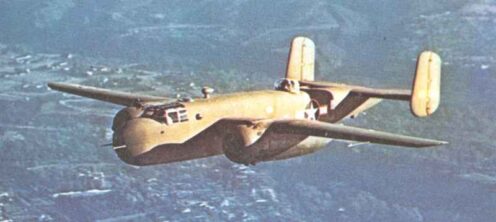
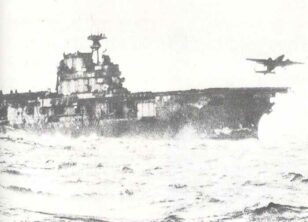
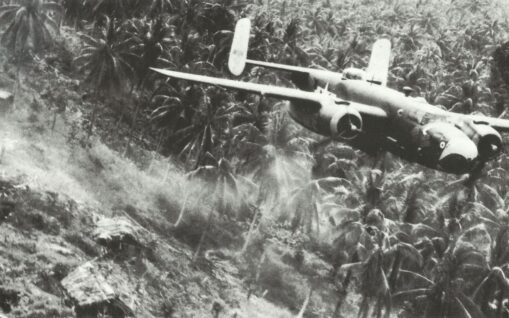
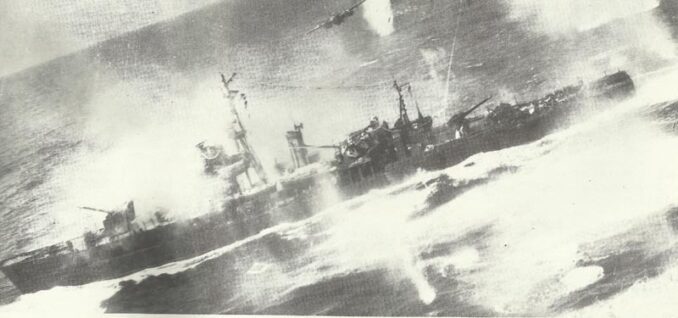

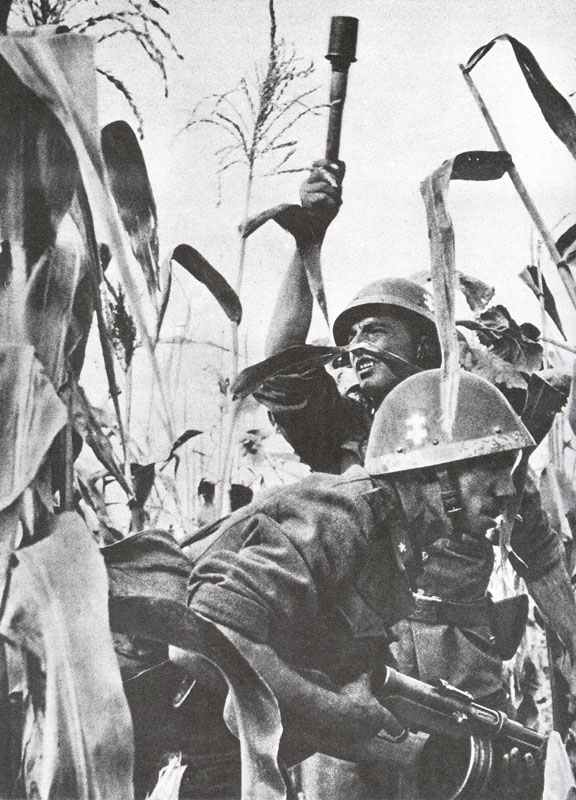
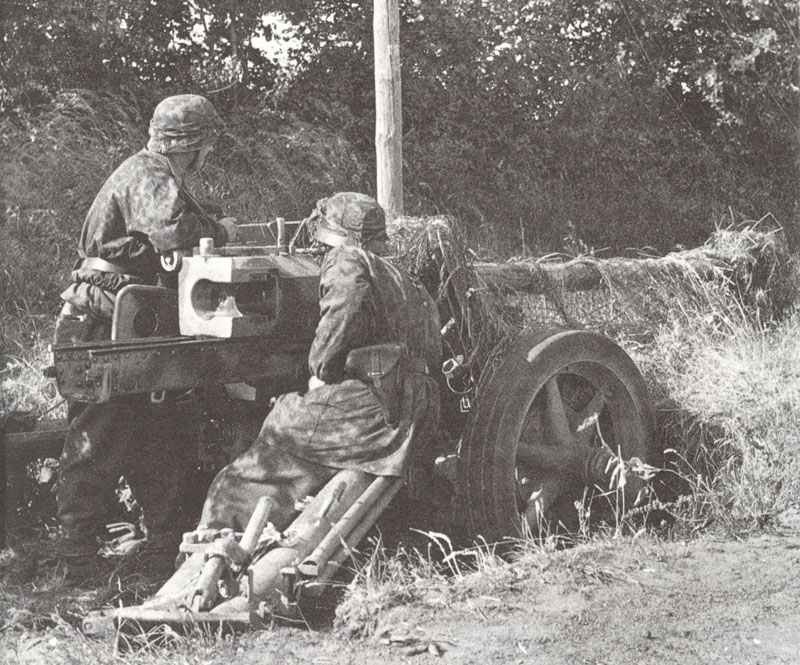
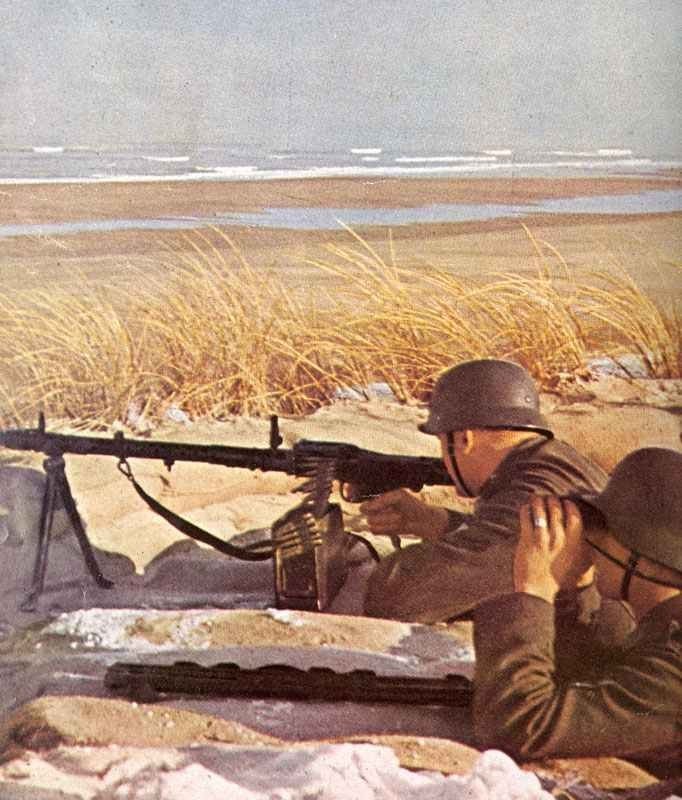
When are the Russians going to pay us back for them ?